UPDATE 8/20/2022: Laws regarding the ownership, serialization, and building of 80% firearms have changed. Please be sure and follow all state and federal laws.
Editors Note: Polymer 80 Glock Build Project: This article is part three in a three-part Ghost Gun series between The Truth About Guns, AmmoLand News, and USA Carry. Please visit our friends’ websites or use our navigation buttons to read parts one and two on this cool Polymer 80 Glock build.
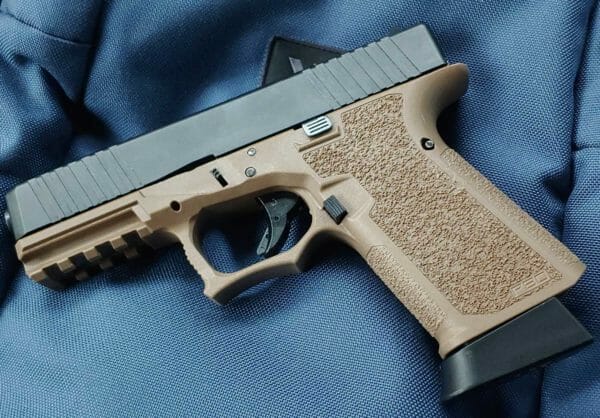
USA – -(AmmoLand.com)- Welcome to the final portion of our Polymer 80 Glock Build Project and part three of our joint collaboration between The Truth About Guns, AmmoLand News, and USA Carry. They should catch you up on our “spooky” ghost gun build. The Polymer 80 Pistol Project is our commentary on building one of these guns. We’ve covered what it is in part one, and the milling and assembling to be done with the design in part two. Now we are in the home stretch of our PF940C build.
Polymer 80 Glock Build – The Tight Slide
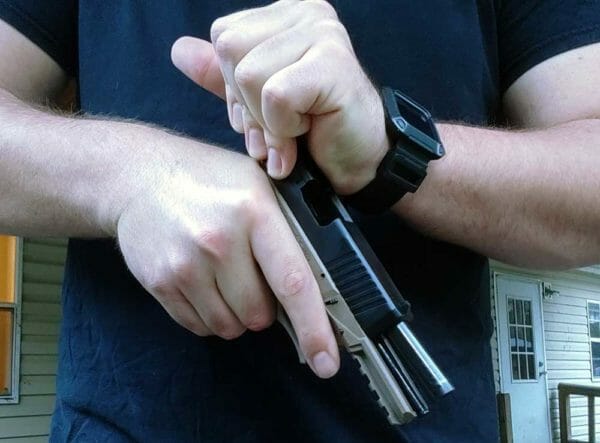
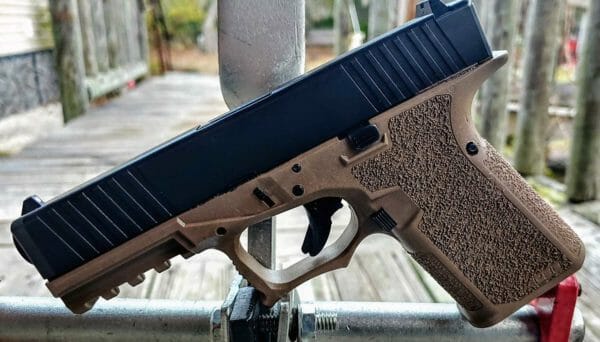
A lot of builders, me included, often find our slides to be incredibly tight when they are first laid onto the frame. This is intentional as the slide has to fit the frame perfectly and needs to be run in by repeated slide cycling. This has occurred with both of my builds, and the solution was simple. Add lots of lube and start working on the slide. Make it go back and forth, over and over and over. Hundreds of times.
Slowly my build went from being so hard I had palm slap it to get it to go forward that eventually, I could gently push it forward to now where the slide will cycle manually just fine. It took a lot of cycling to get the slide moving. I would stop on occasion, add lube to the rails, and then start over. I also applied heat a few times and used gloves to manipulate the slide and frame.
It’s an annoying level of noise, but I suggest reading a book, watching a movie with headphones, or finding some other way to distract yourself.
Once it starts moving more and more freely, it becomes much more satisfying. You begin to see the whole kit come together and it is very satisfying. It is a mighty good feeling that the first time you rack the slide and have it cycle completely.
Polymer 80 Glock – To The Range!

Shooting a brand new built Polymer 80 Glock going to be a little frustrating at first. Just like in the step above, we need to run the brand new pistol as one unit to get it broken in. The gun will not feed reliably, or possibly at all the first time you take it to the range. I do suggest loading up with quality brass ammo to help reduce problems caused by ammo quality. If you want to get some rock-solid malfunction training, this is the time to get it in.
Like the manual slide working, this takes time. You’ll reach certain milestones with live fire training. This includes the first time a spent round full ejects from the gun. Also, you’ll notice the slide running a little smoother and closing a little more. Along the way, I kept the gun quite well lubed.
Eventually, it will feed and eject, and you’ll be ecstatic. When it does, it is a mighty good feeling, but you’ll likely still encounter a problem or two for a little bit. Failures to feed is the main issue I met on my Polymer80 Pistol build and the main issue I seem to be encountering once every two or three magazines.
My break-in period isn’t exactly over, but I did fire approximately 150 rounds before it began to feed and eject with regularity. Most of it was Winchester White Box 115 grain, but a little 124 grain NATO spec loads were used to see if the little extra oomph would help. The first time the weapon fed reliably was with the 124 grain NATO spec loads. However, immediately after, it still fed 115-grain loads just as reliably.
One thing I did notice was the weapon worked better with Magpul and Amend 2 magazines. Glock OEM magazines gave more issues during the initial break-in period. Once the gun was feeding and ejecting regularly, they didn’t seem to be an issue.
Polymer 80 Glock – What’s Next?
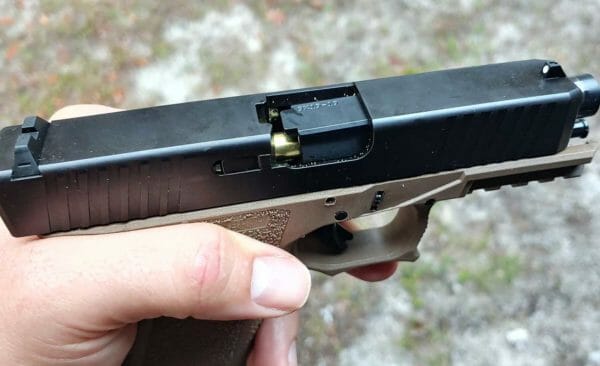
To get this so-called ghost gun gun running 100% (if there is such a thing), I plan to keep shooting it. That seems to be the best method to break it in. It’ll take time certainly, but in time I plan to start the joy of Glock upgrades to the kit.
I don’t trust myself to build a gun for defensive purposes just yet. Again an idiot-proof design tripped me up a bit so I need to practice a little more first. Since this isn’t a design for self-defense, I might go a bit goofy with it. Add a threaded barrel, a compensator, a flared magwell, do some nutty stuff overall to it for fun.
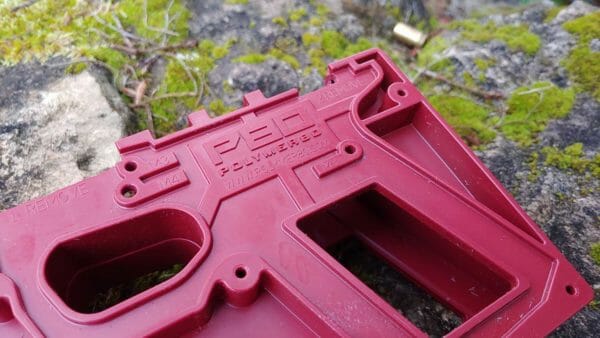
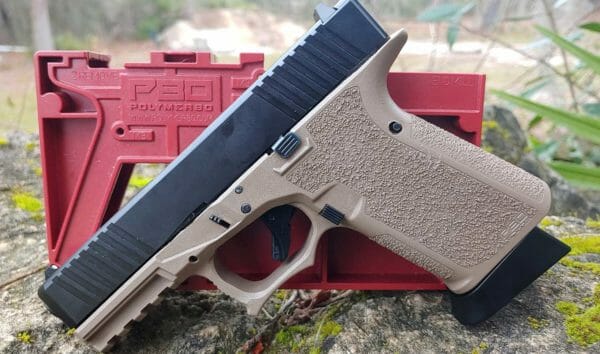
Building out my Polymer 80 Glock has been a lot of fun, it’s been challenging, and something I plan to do again. A G43 variant is likely my next build. 80-Lower.com also has SIG P320 build kits that look interesting, and I am most certainly interested in that too. Overall the Polymer 80 Glock build was a great project and left me with more respect for how reliable and perfect a true GLOCK pistol is right out the box. I highly recommend the readers take on this build, I guarantee it will not be your last.
Want to build your own Ghost Gun? Here are links to more Polymer80 parts, 80% lower gun kits and tools.
- Polymer80 Manufacturing
- Polymer 80 Part at Brownells
- Polymer80 80% Lowers at Rainierarms
- Polymer 80 at Primary Arms

About Travis Pike
Travis Pike is a former Marine Machine Gunner, a lifelong firearms enthusiast, and now a regular guy who likes to shoot, write, and find ways to combine the two. He holds an NRA certification as a Basic Pistol Instructor and is the world’s Okayest firearm’s instructor.


